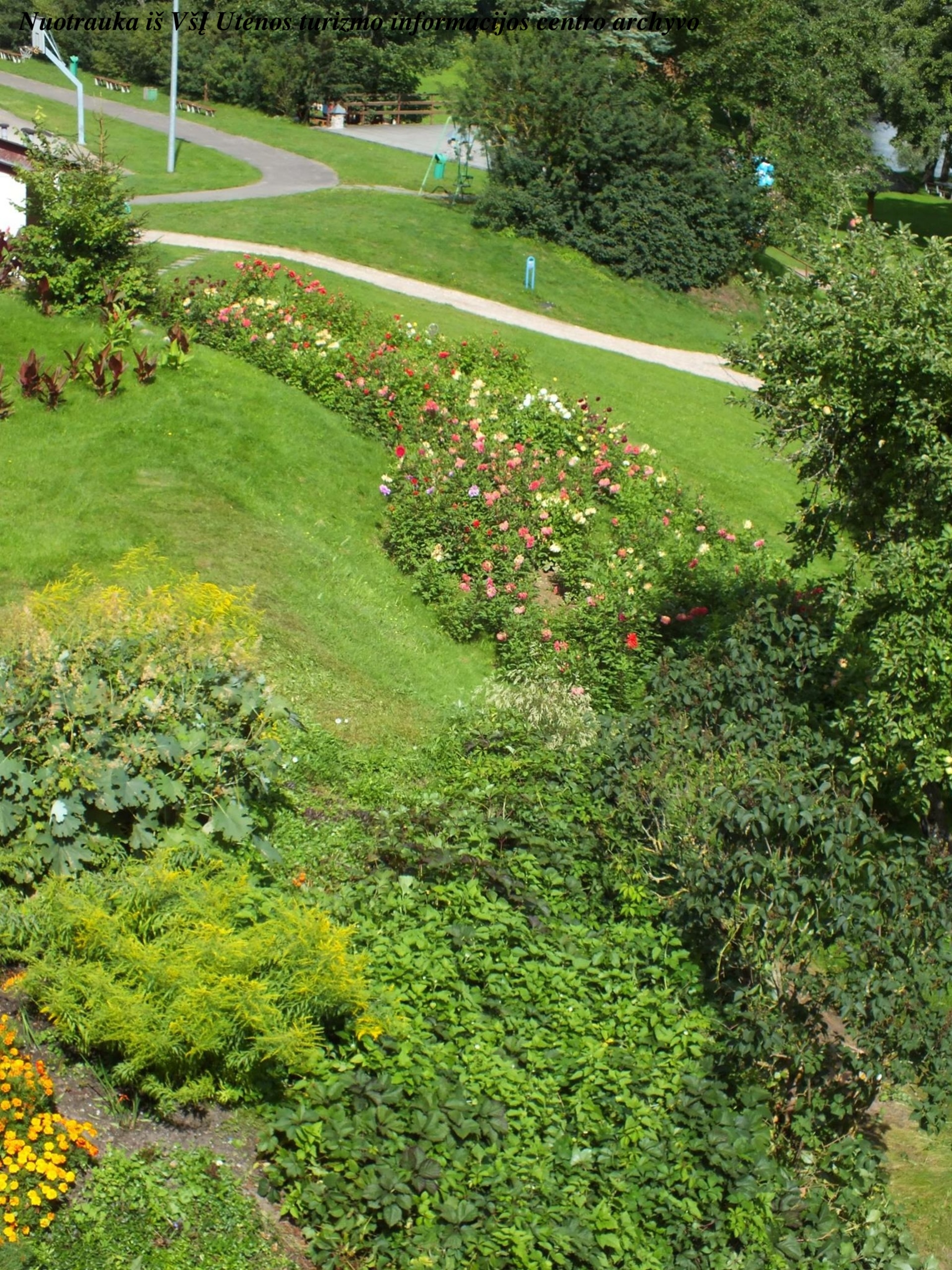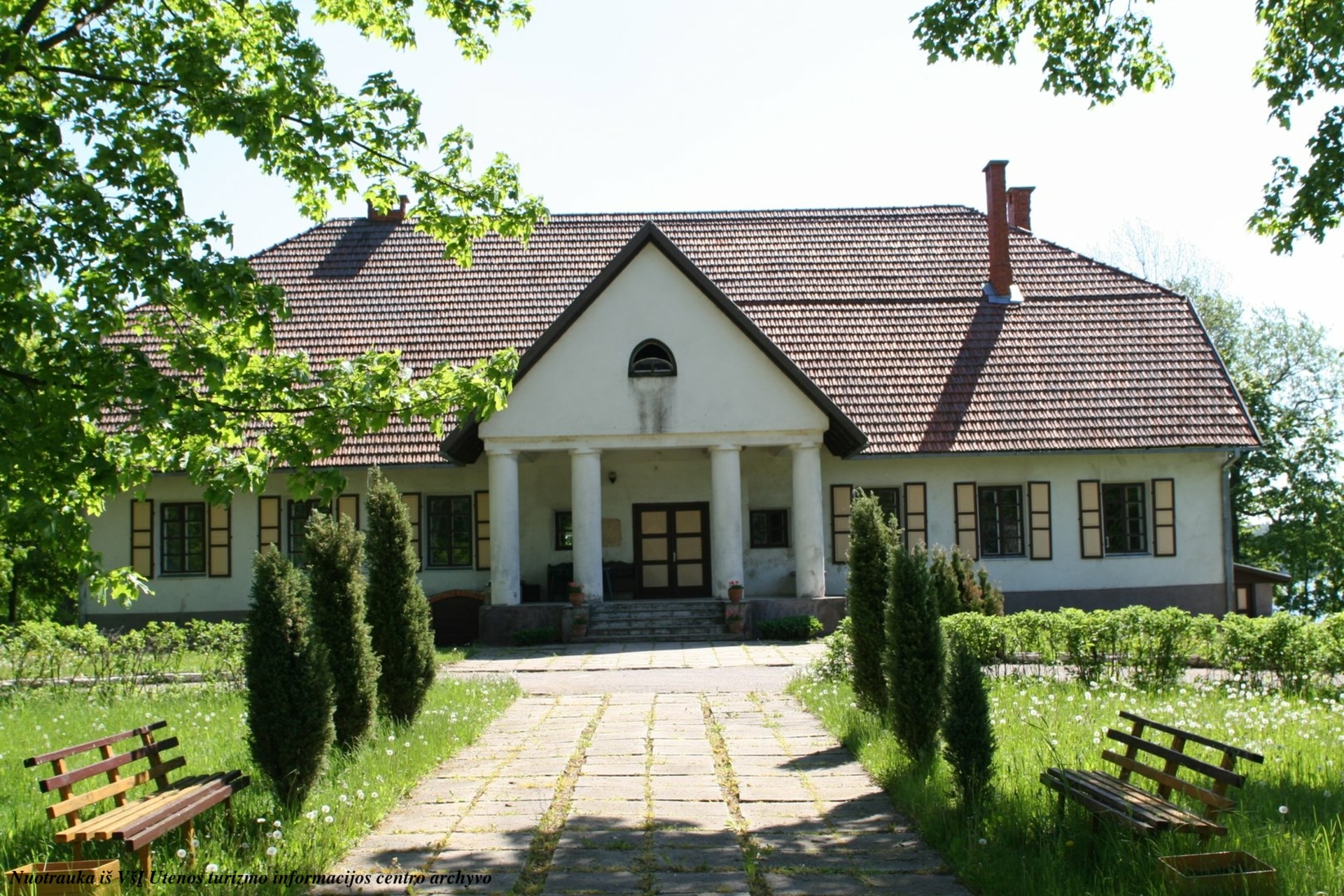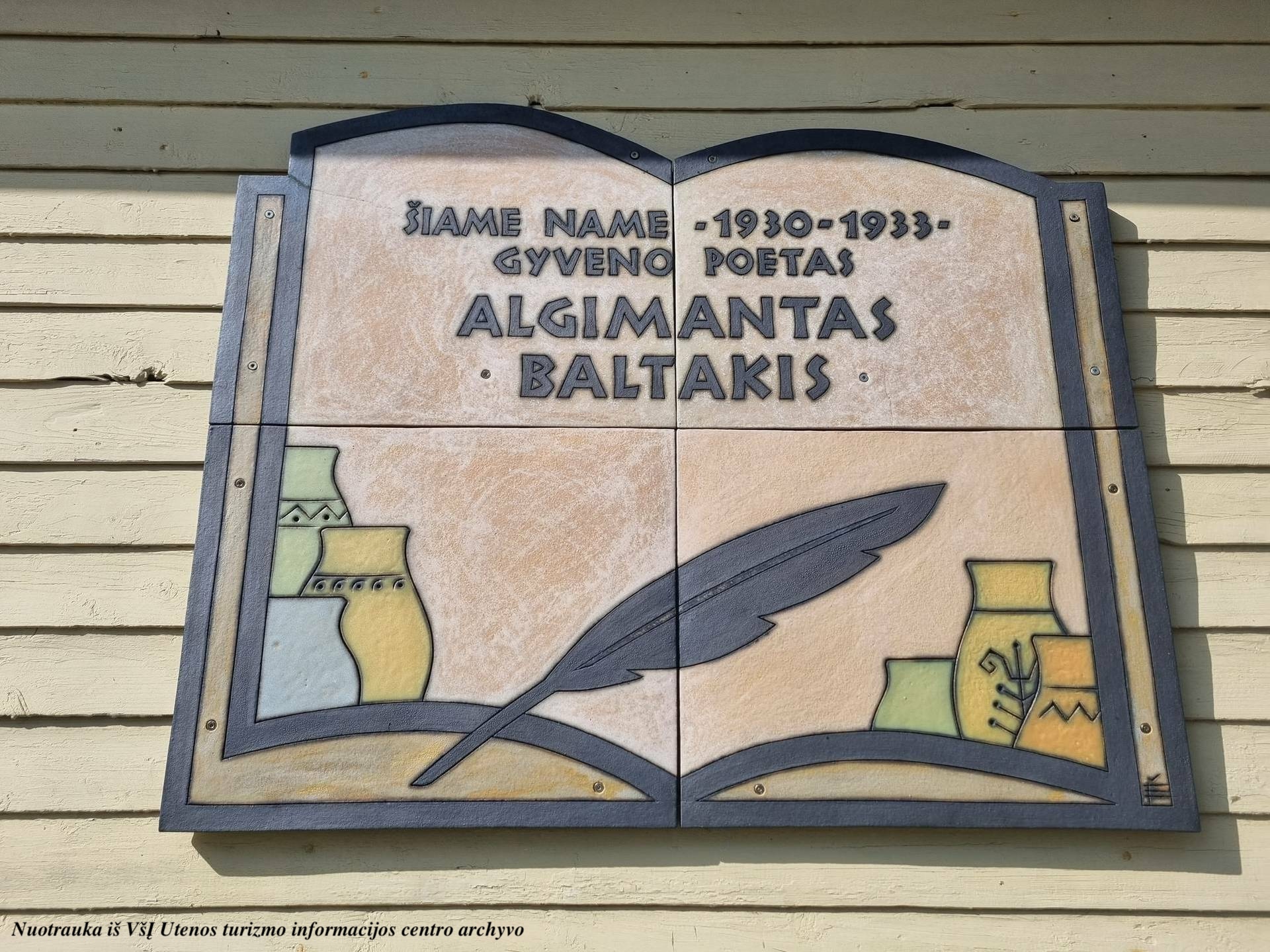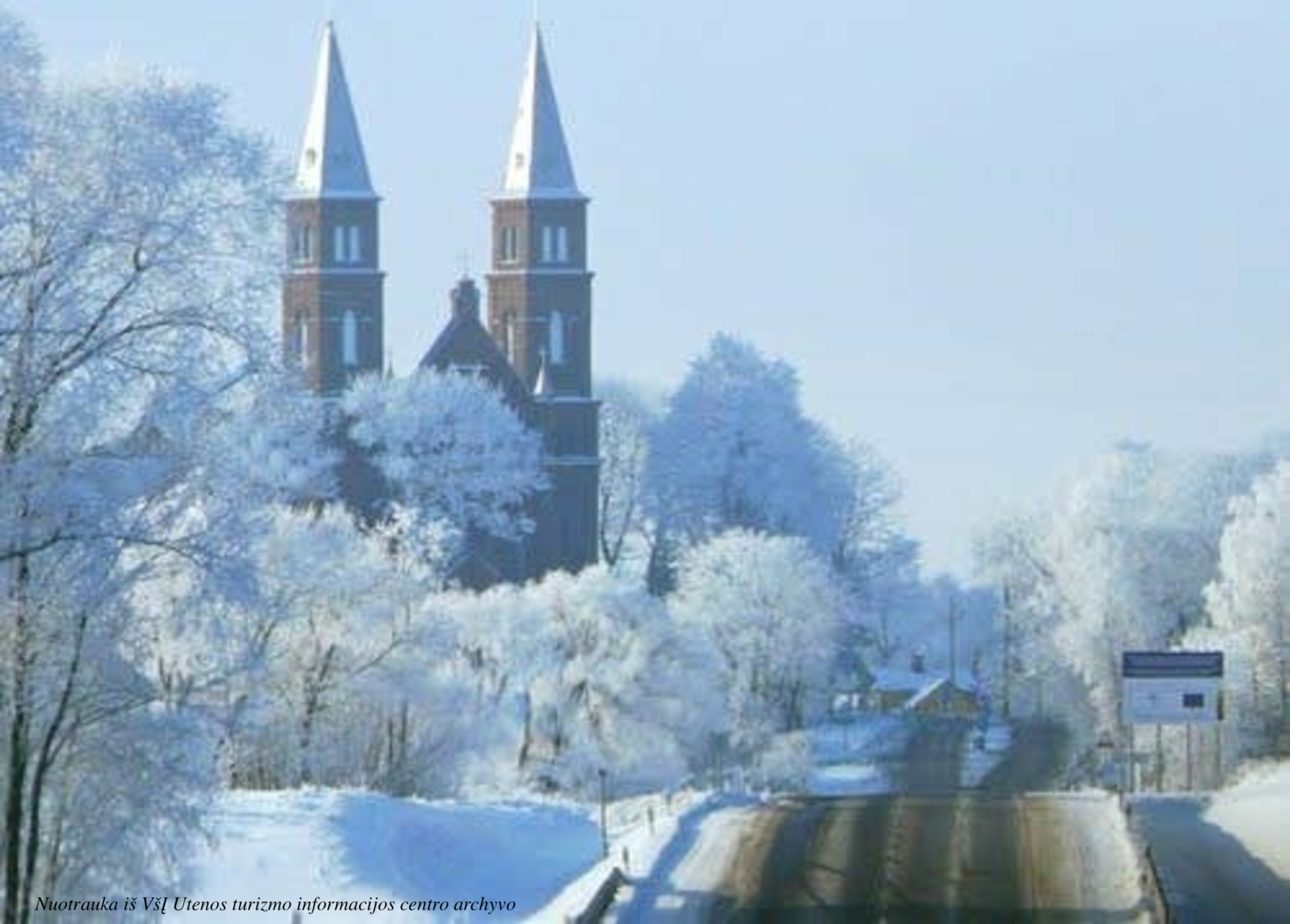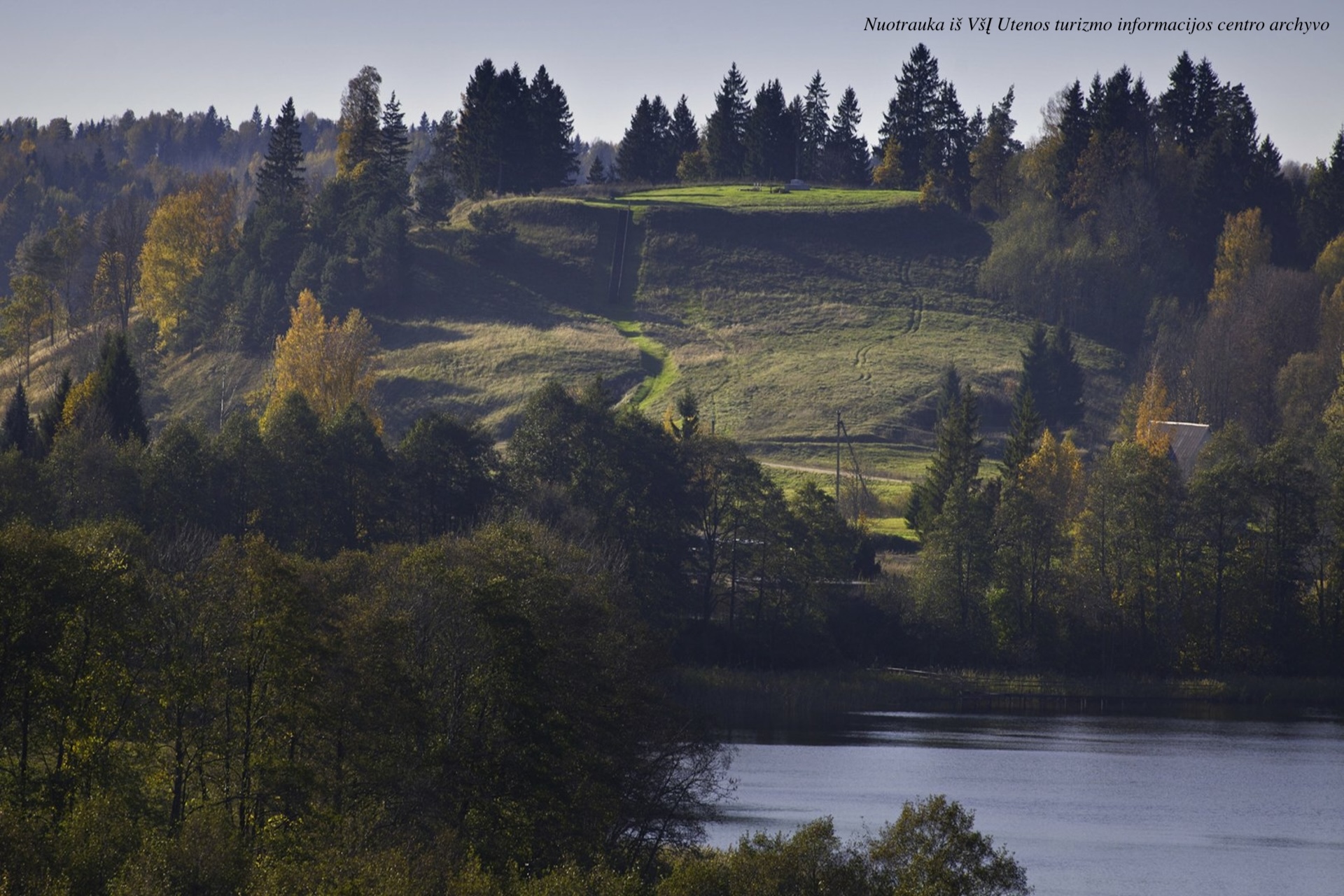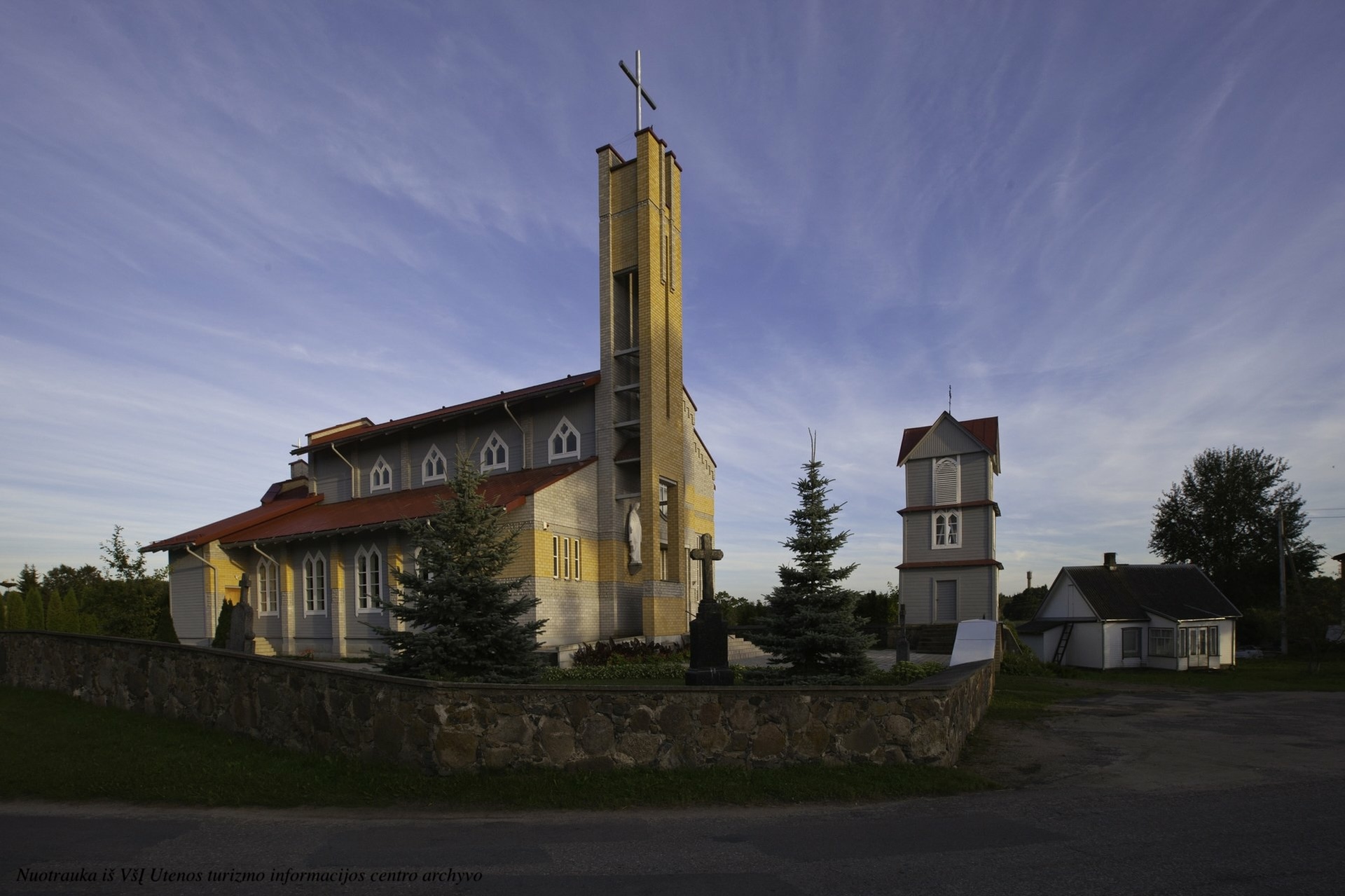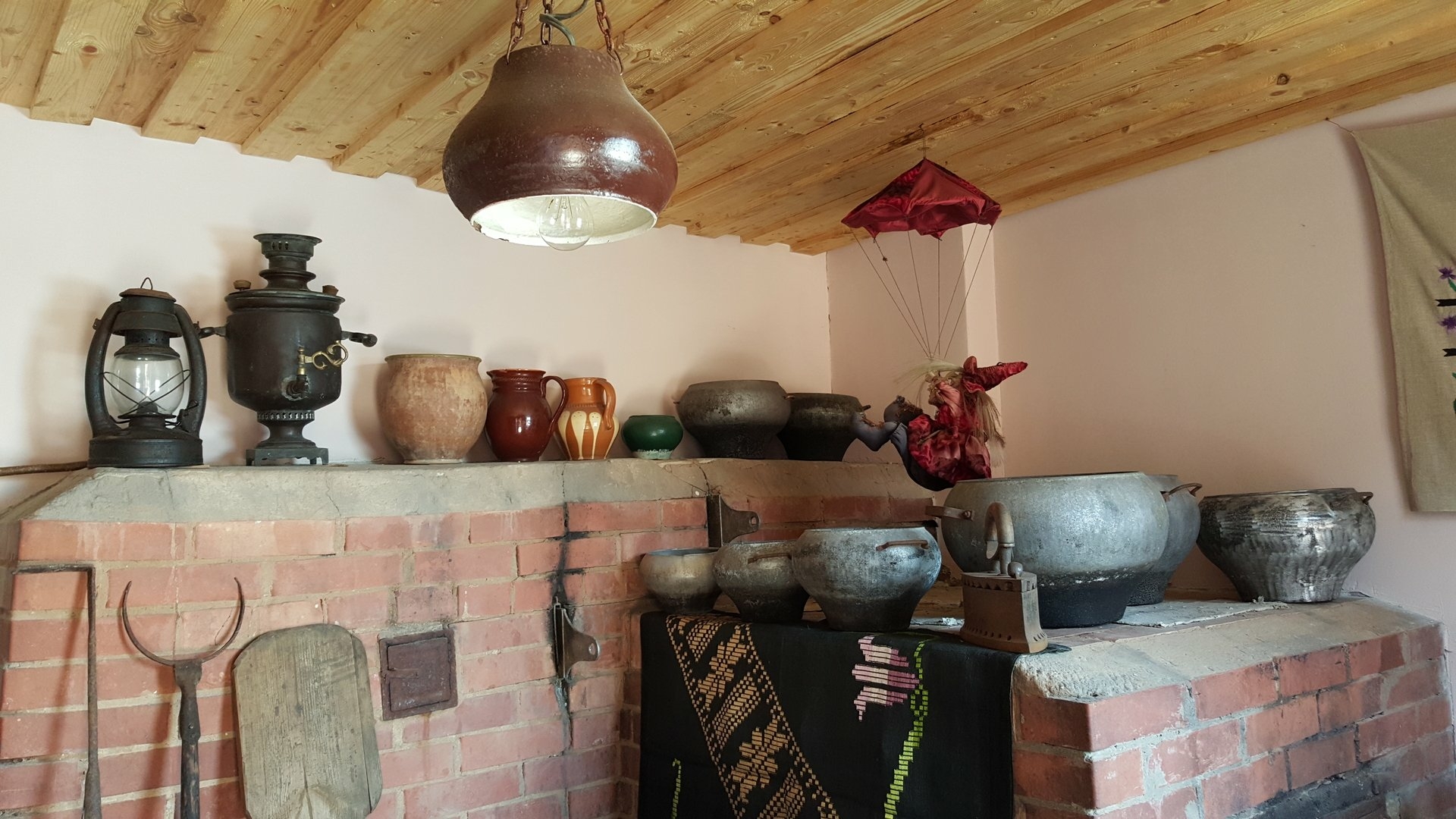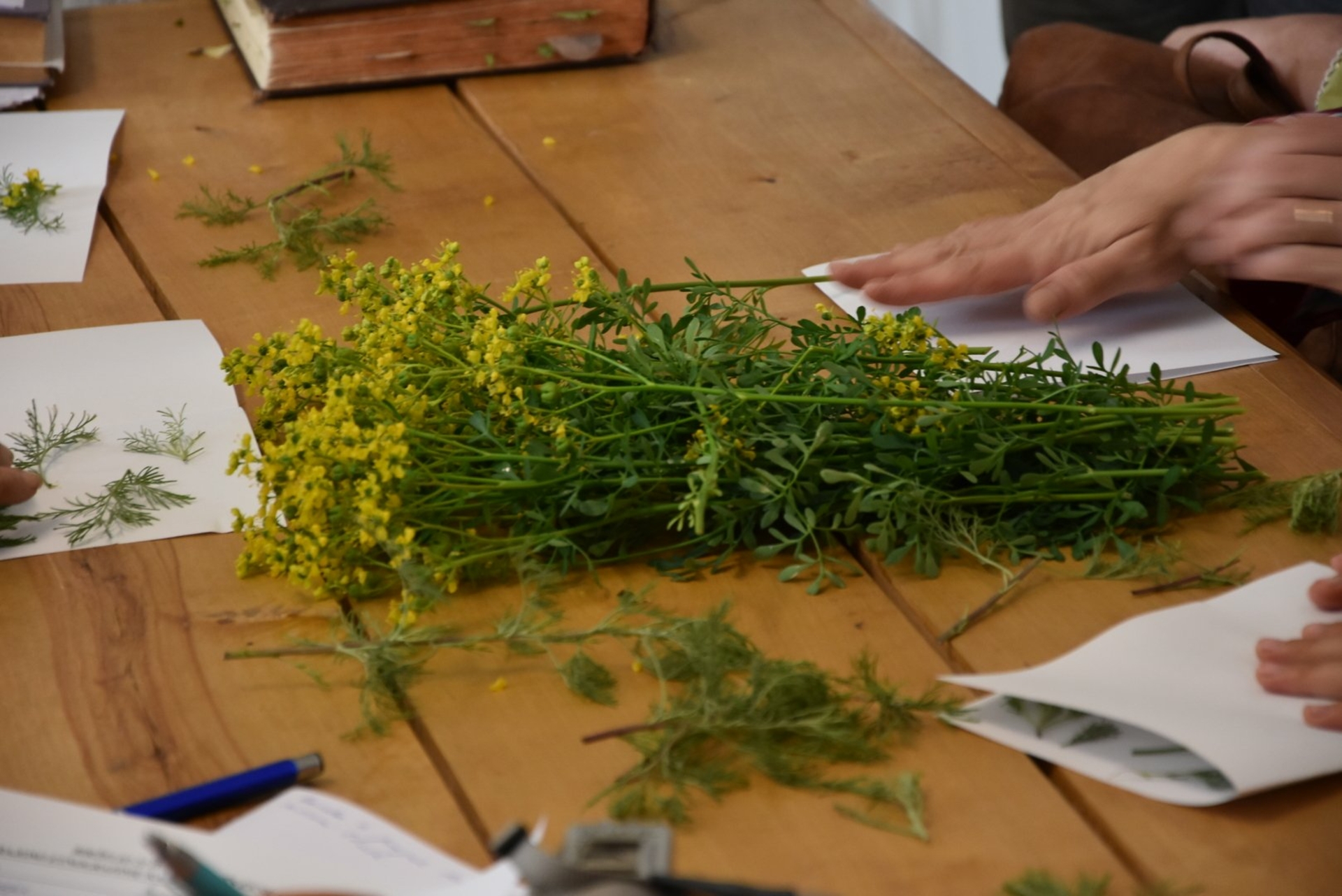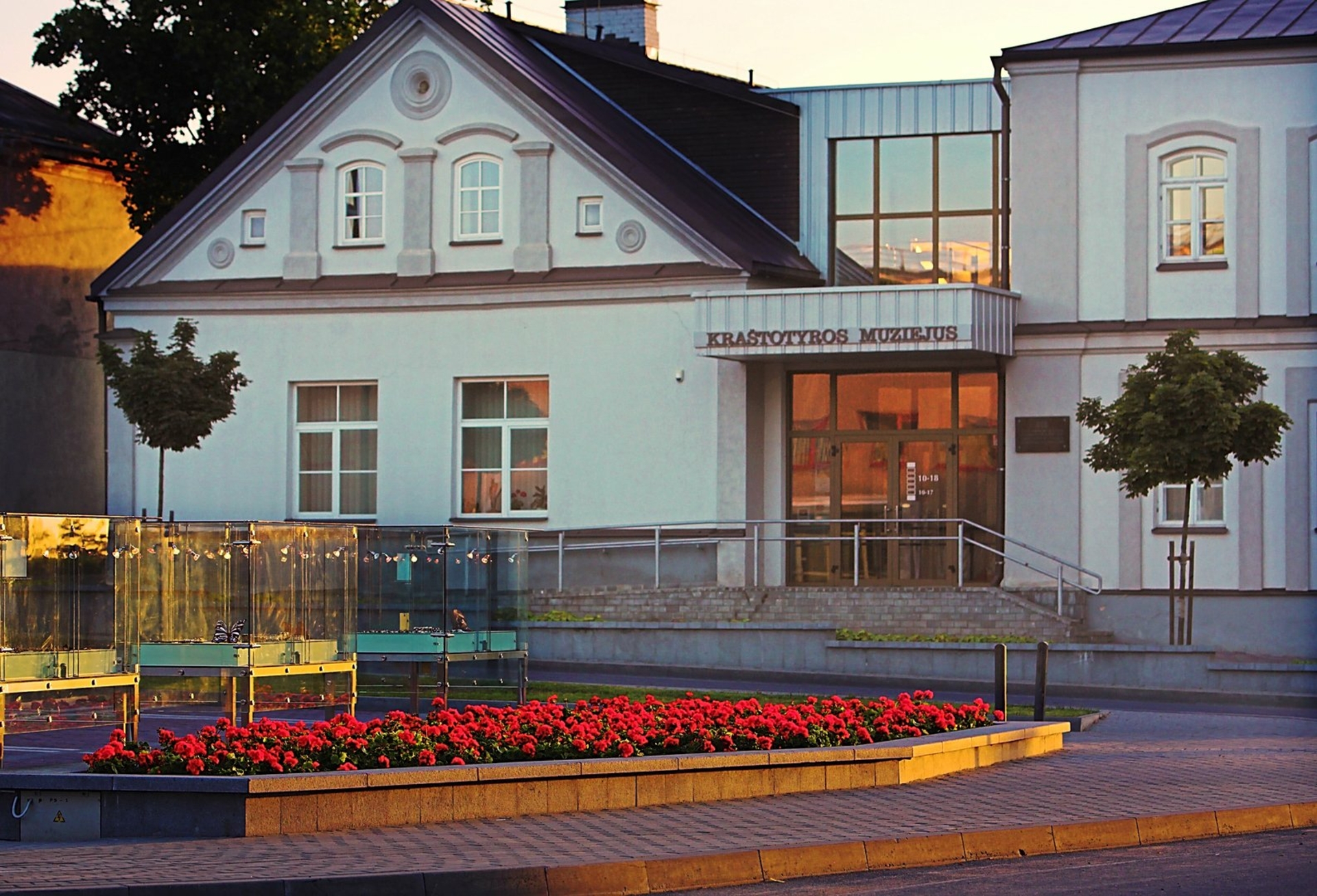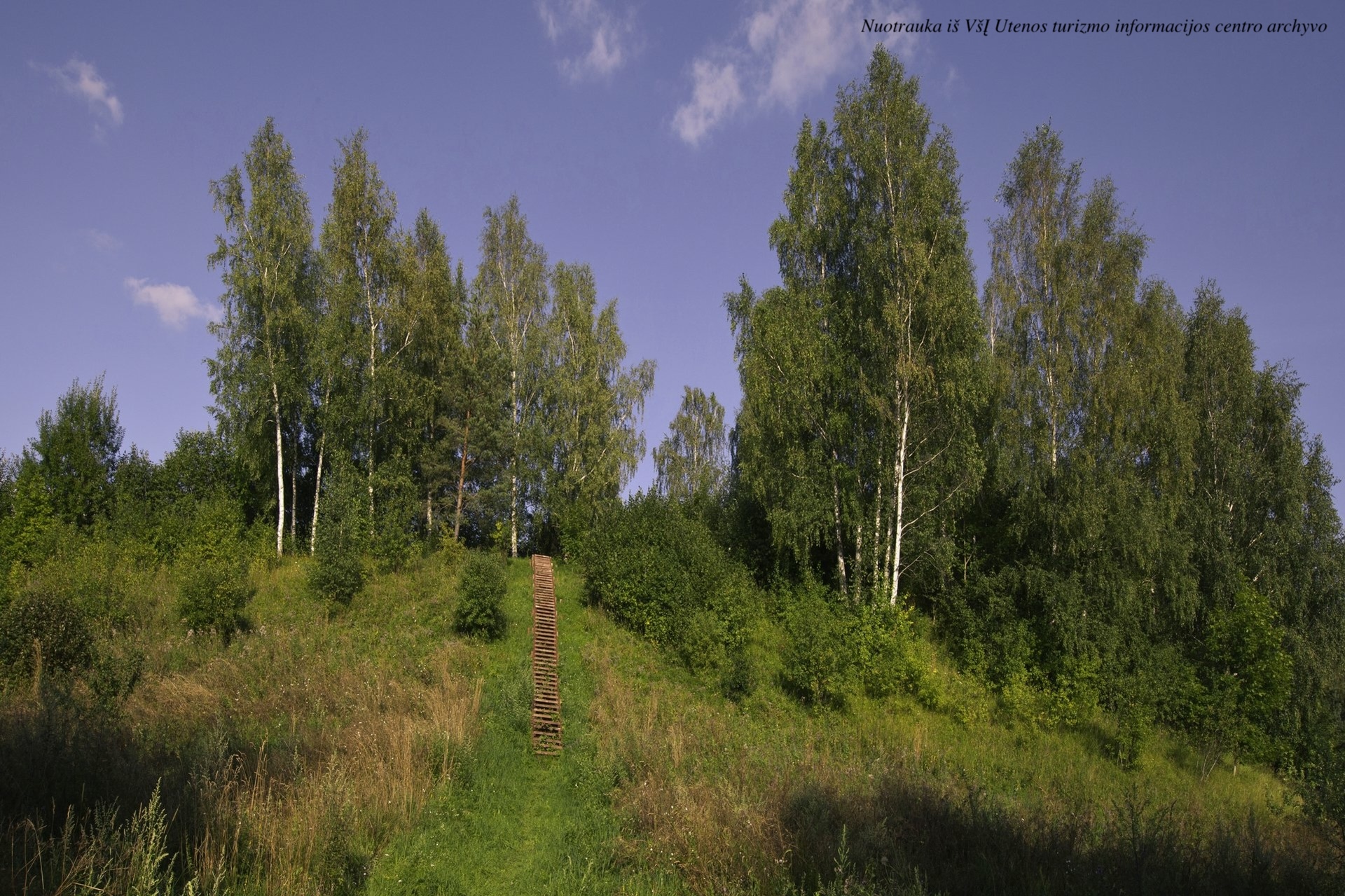Maneičių Hill Fort

181

0

0
The hill fort located on the shore of Lake Alaušo is one of the most significant archaeological sites included in the Register of Cultural Heritage. This unique monument, dating from the 1st millennium AD to the 2nd millennium BC, is situated just 100 meters from the eastern shore of the lake, on a distinct hill. The platform of the hill fort is quadrangular and elongated in a north-south direction, covering an area of 28x16 meters. At the southern edge, there is a system of protective embankments and ditches, while on the northern side of the platform, a 9-meter-wide terrace remains.
Info
Whats new?
Nearby attractions
Nearest museums
Nearest food establishments translate this into LT

 Entertainment
Entertainment
 Sightseeing
Sightseeing
 Food establishments
Food establishments





























 55.598517, 25.708617
55.598517, 25.708617
 Get directions
Get directions










